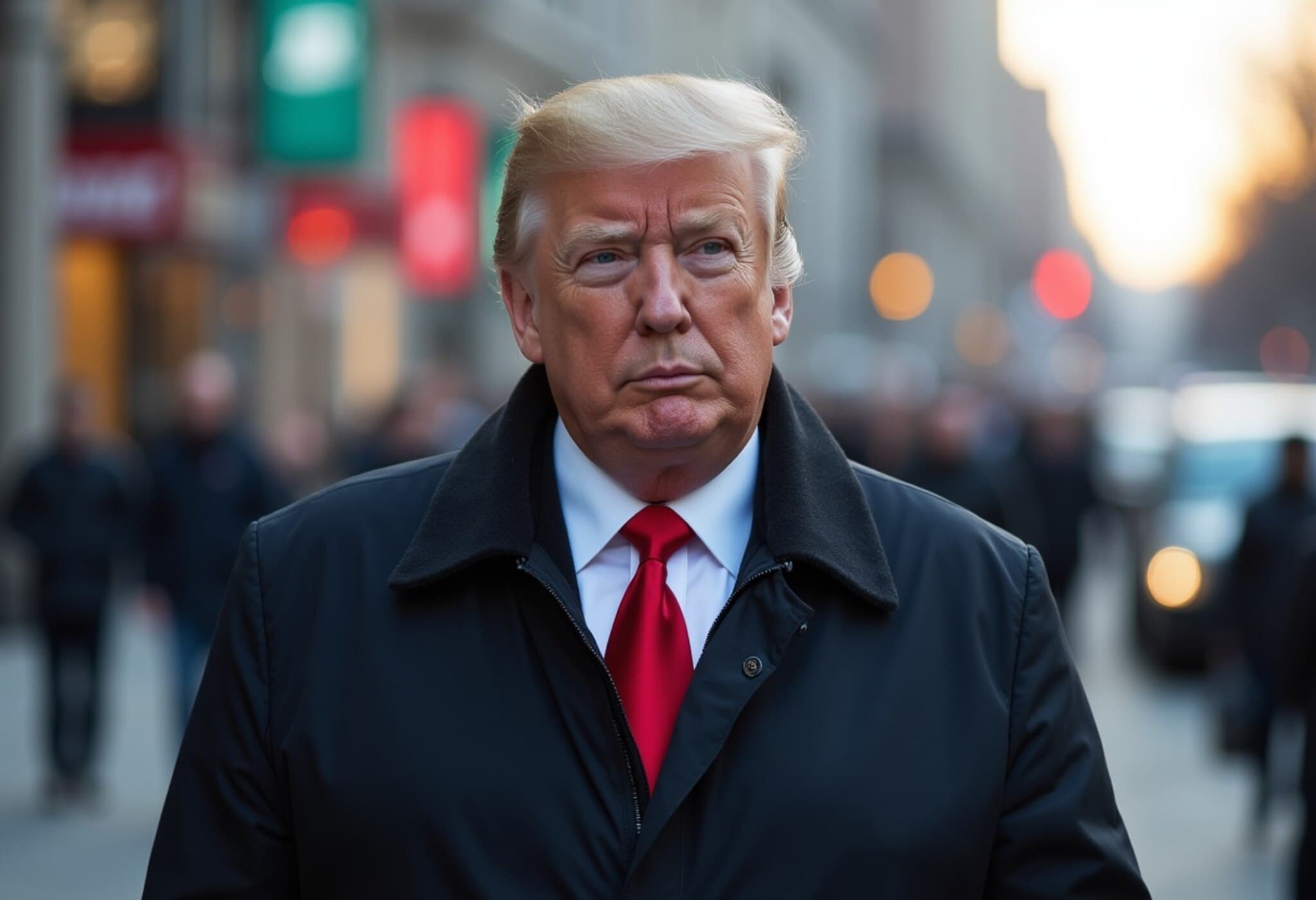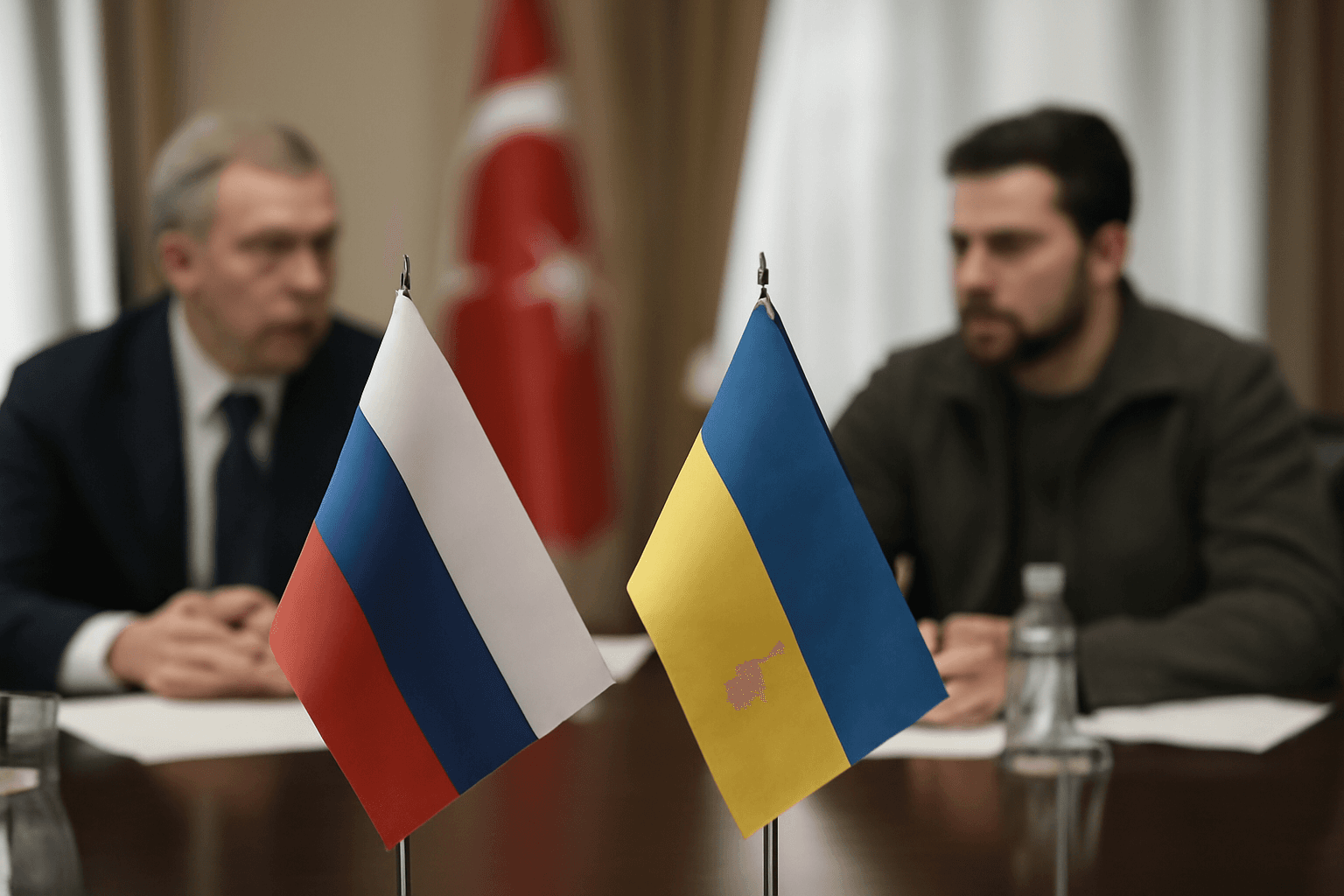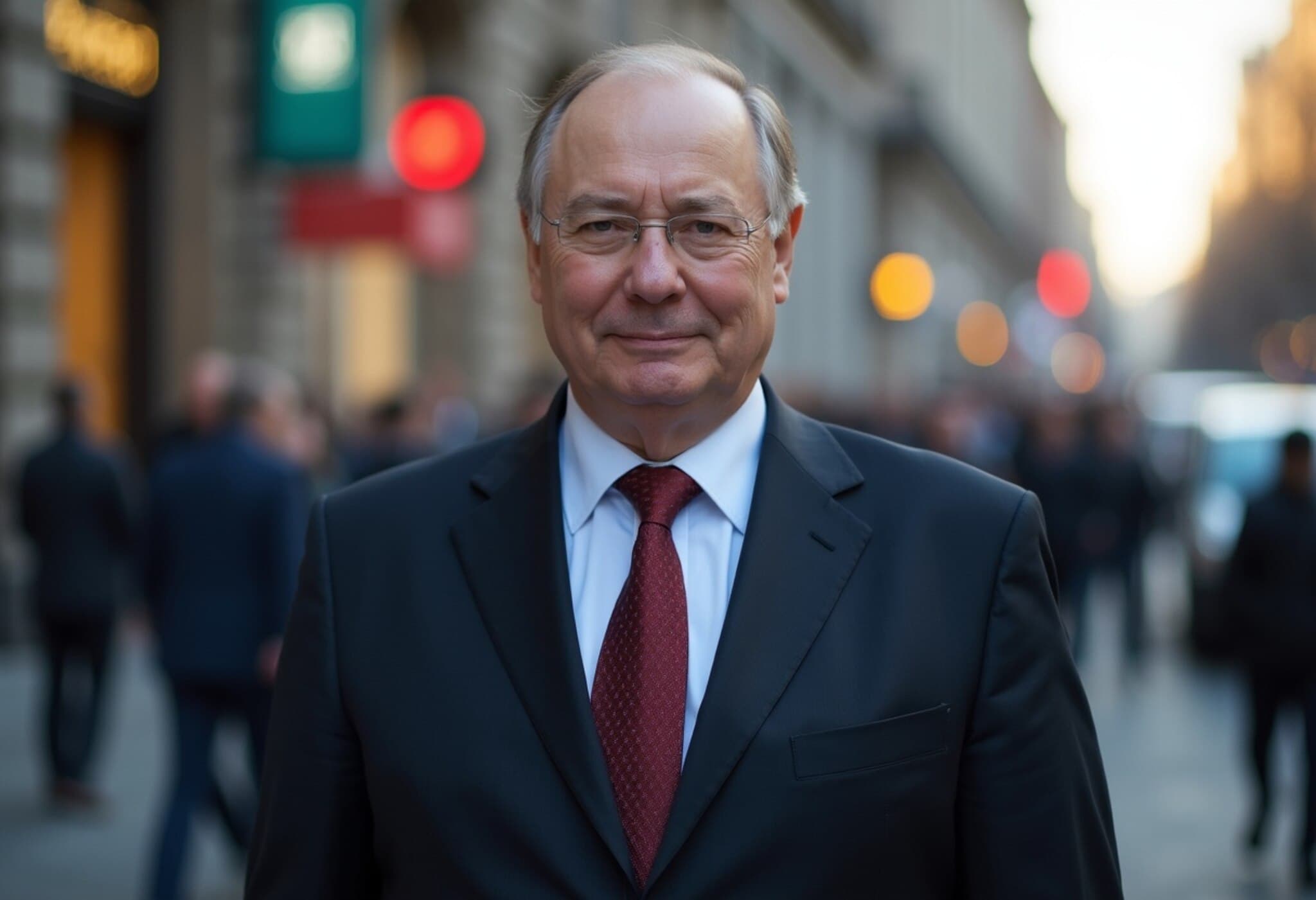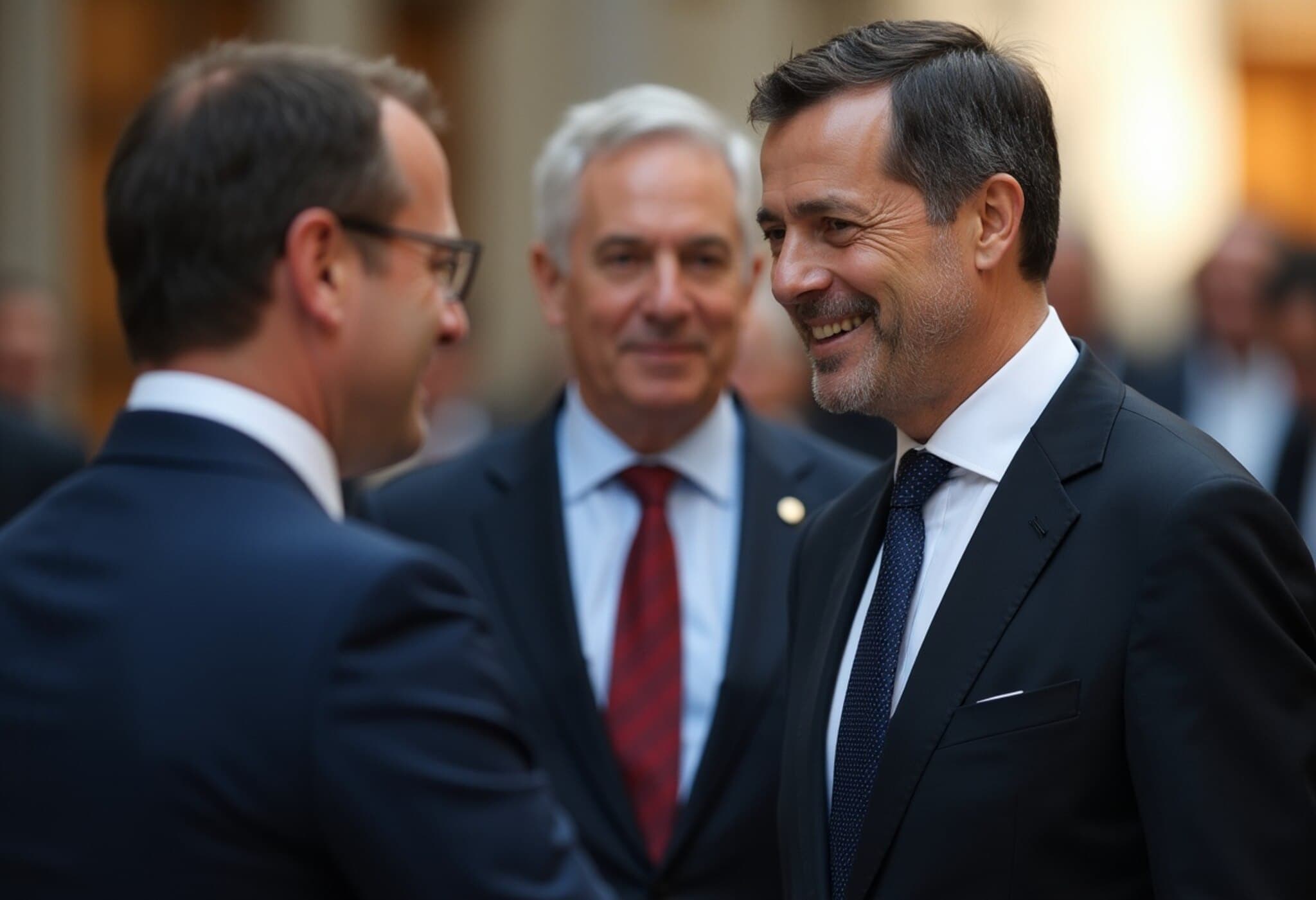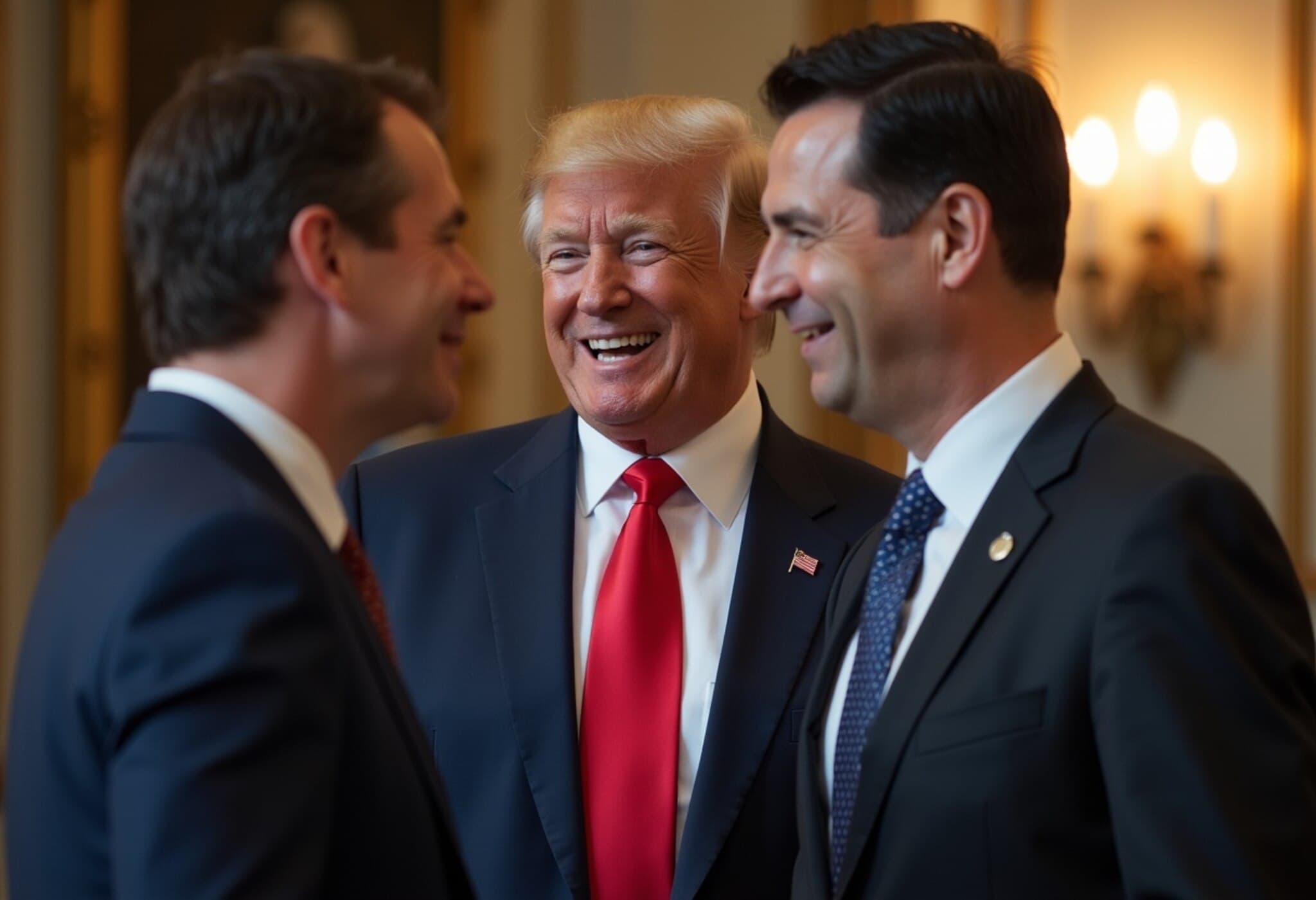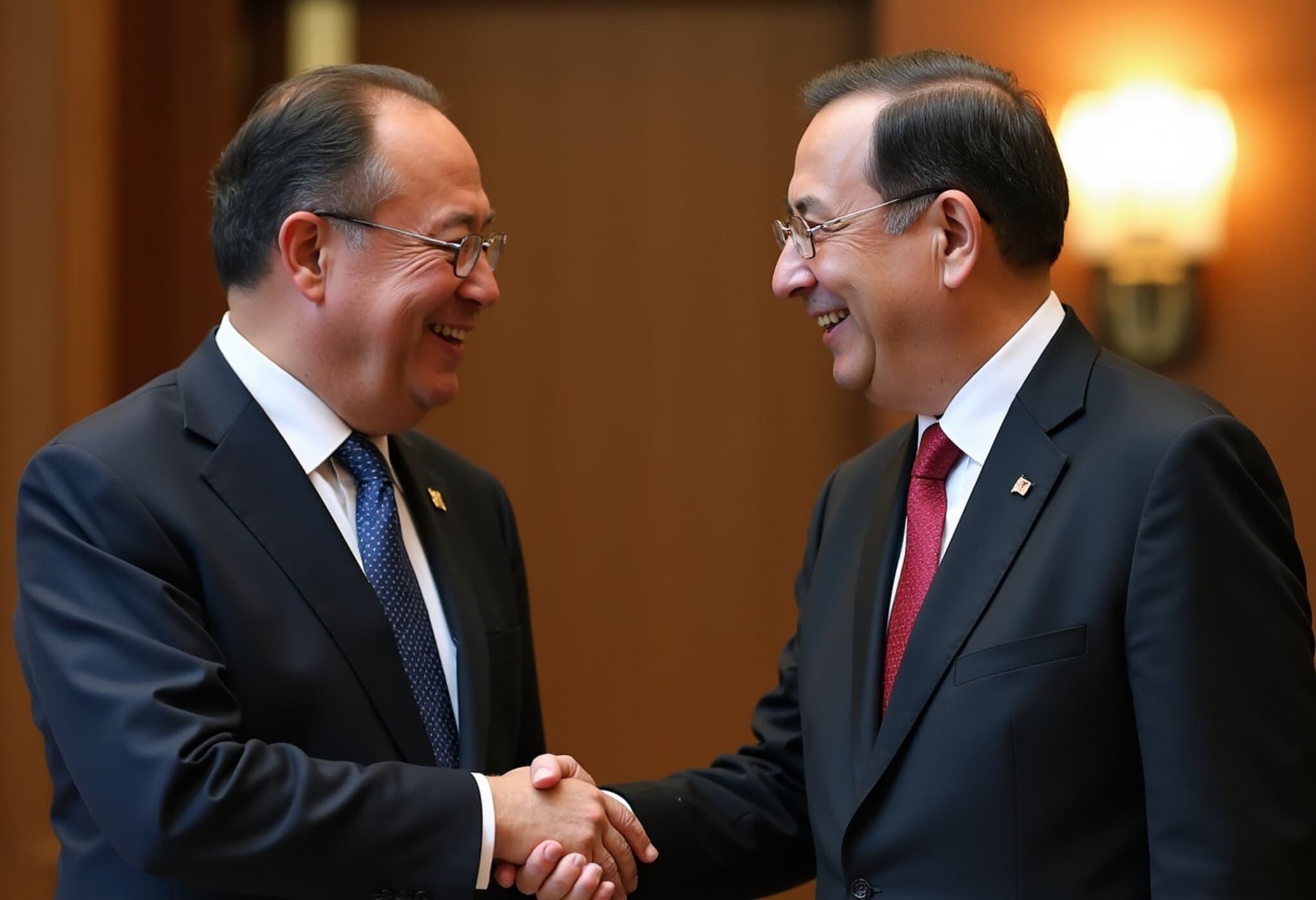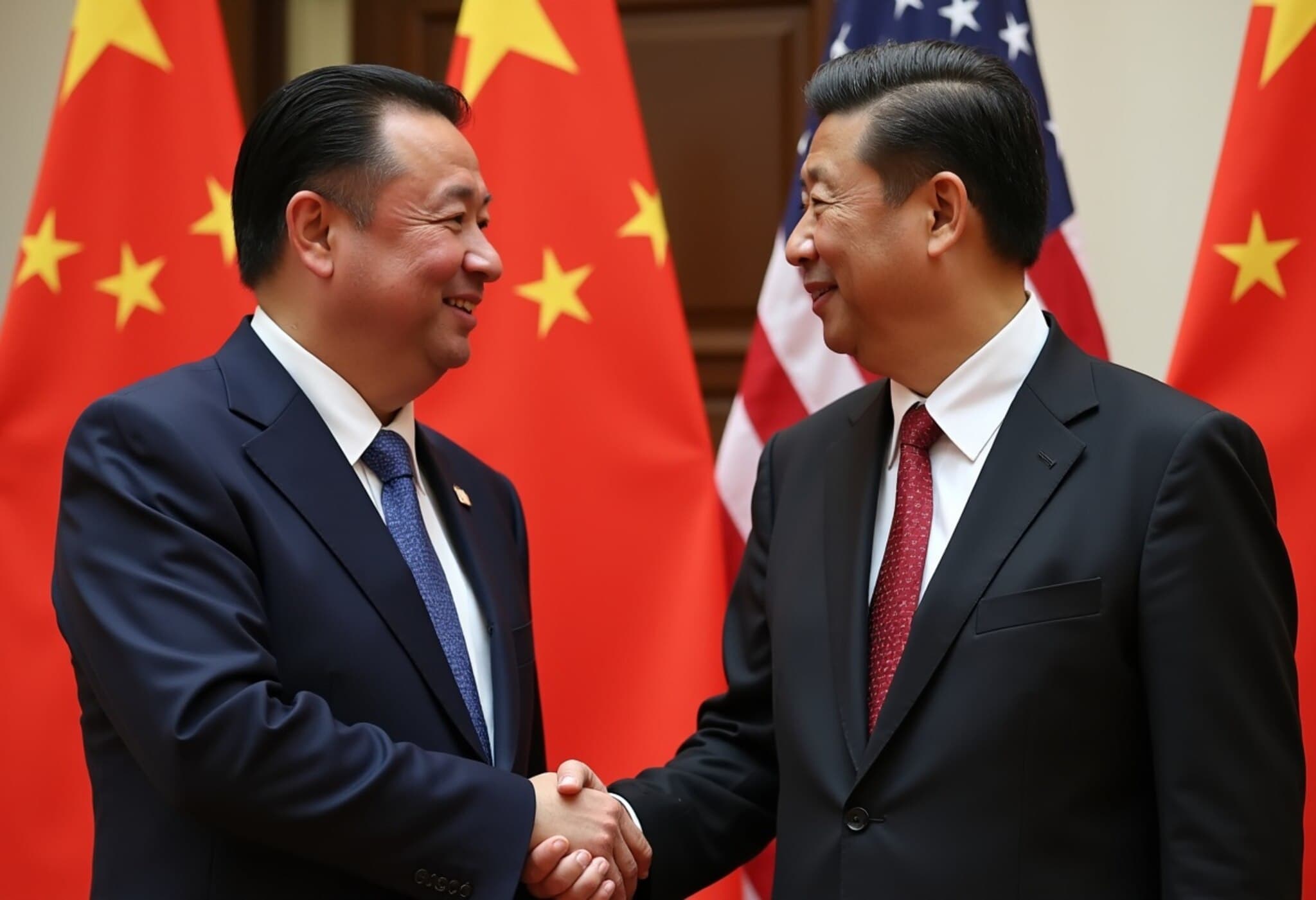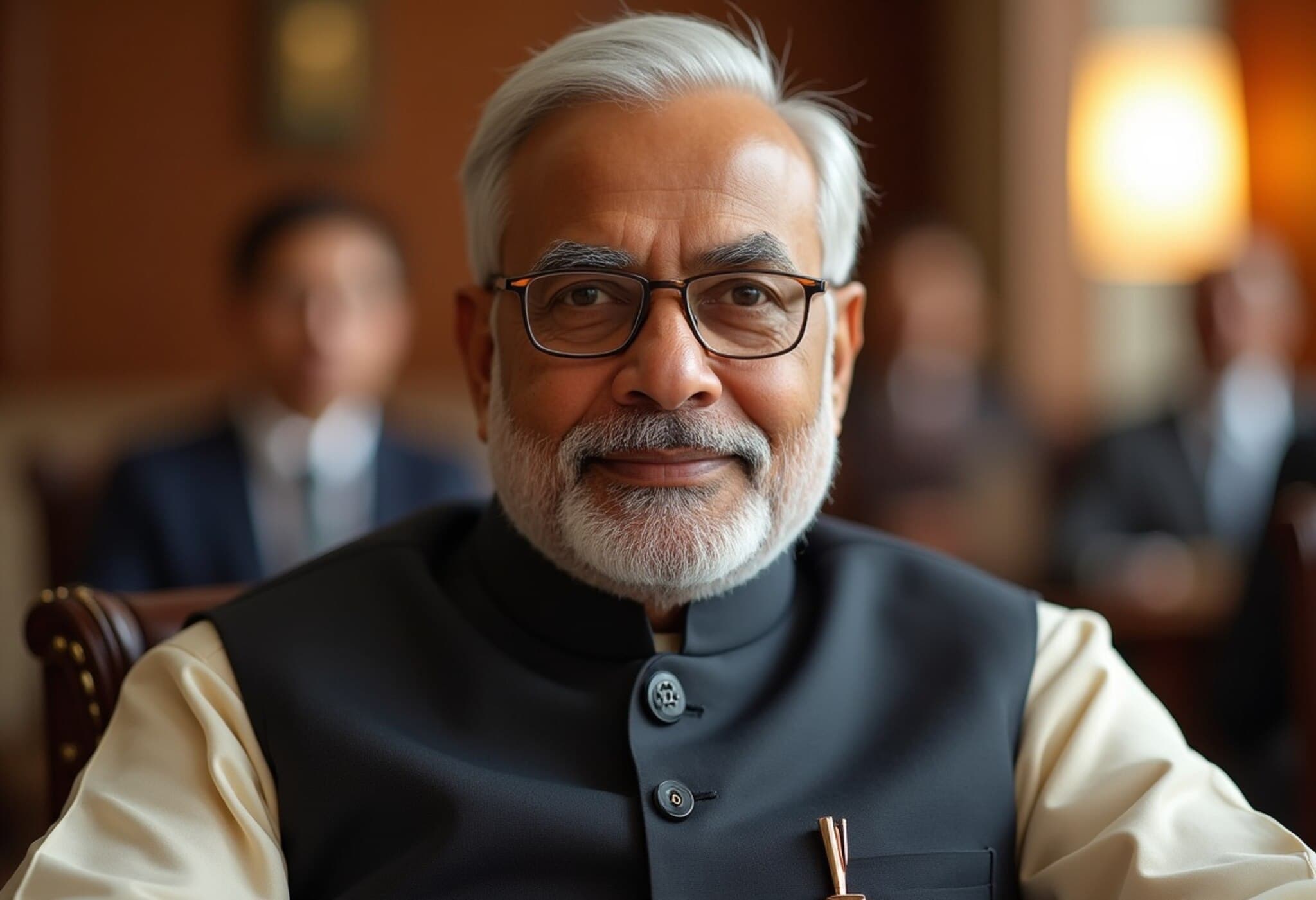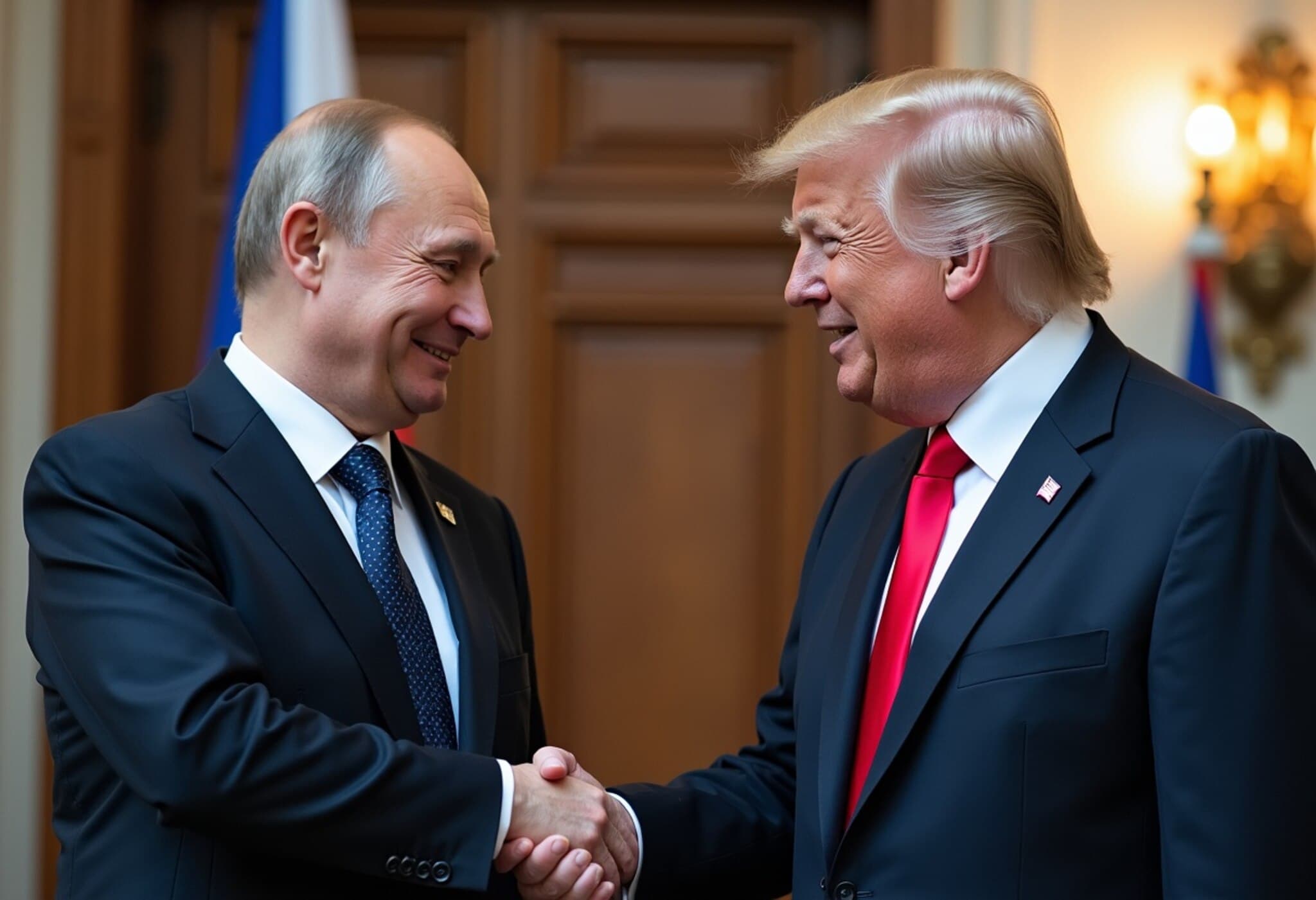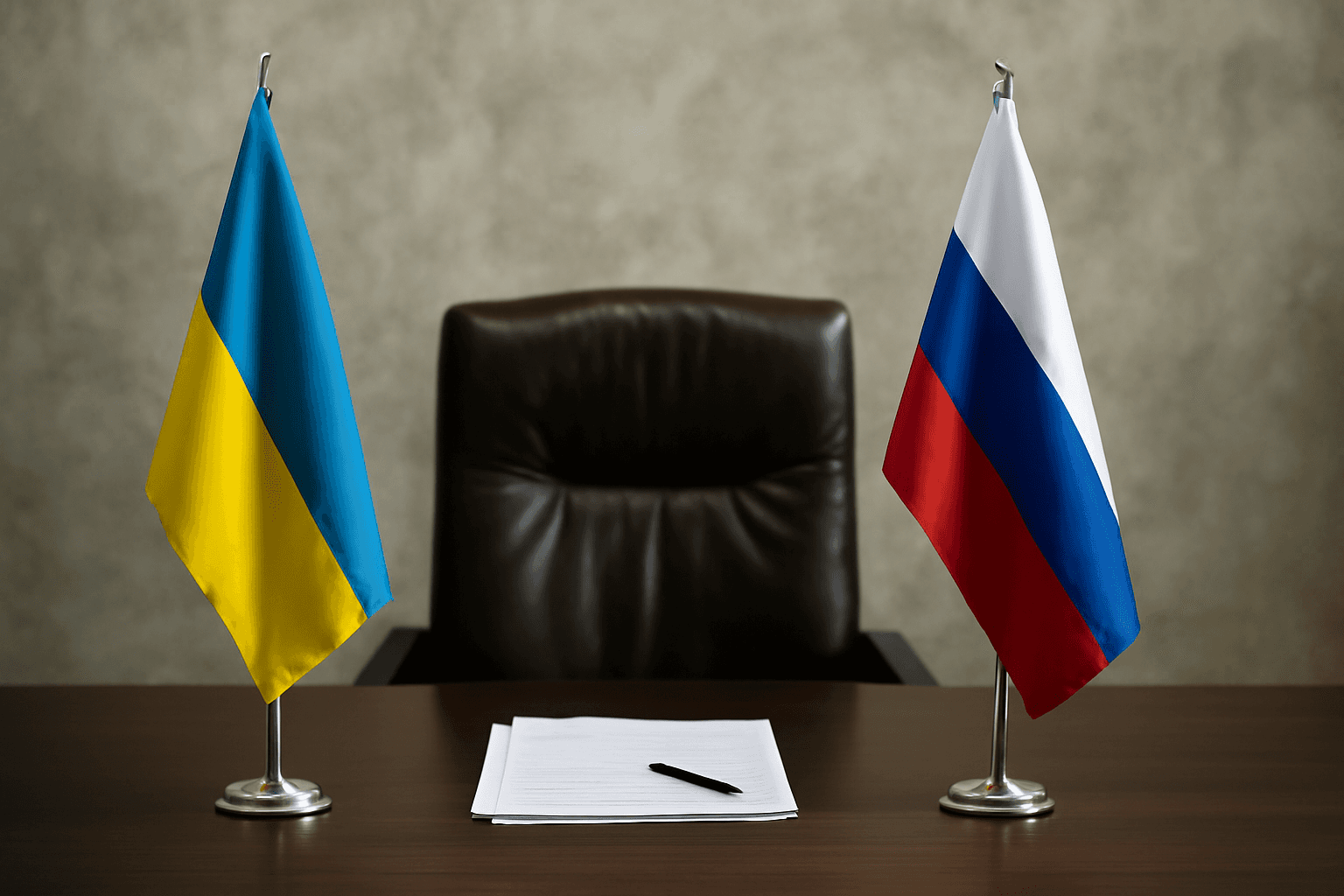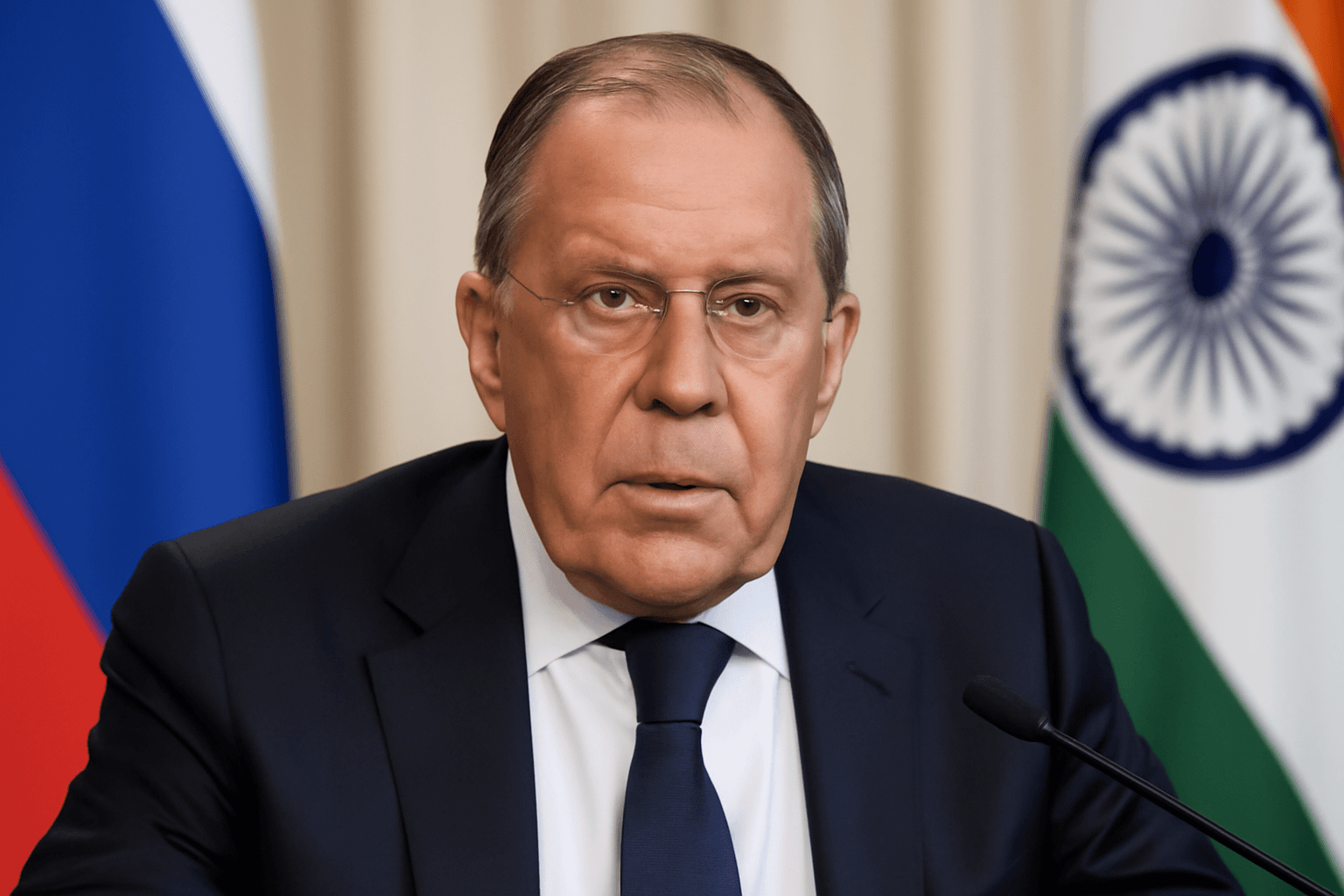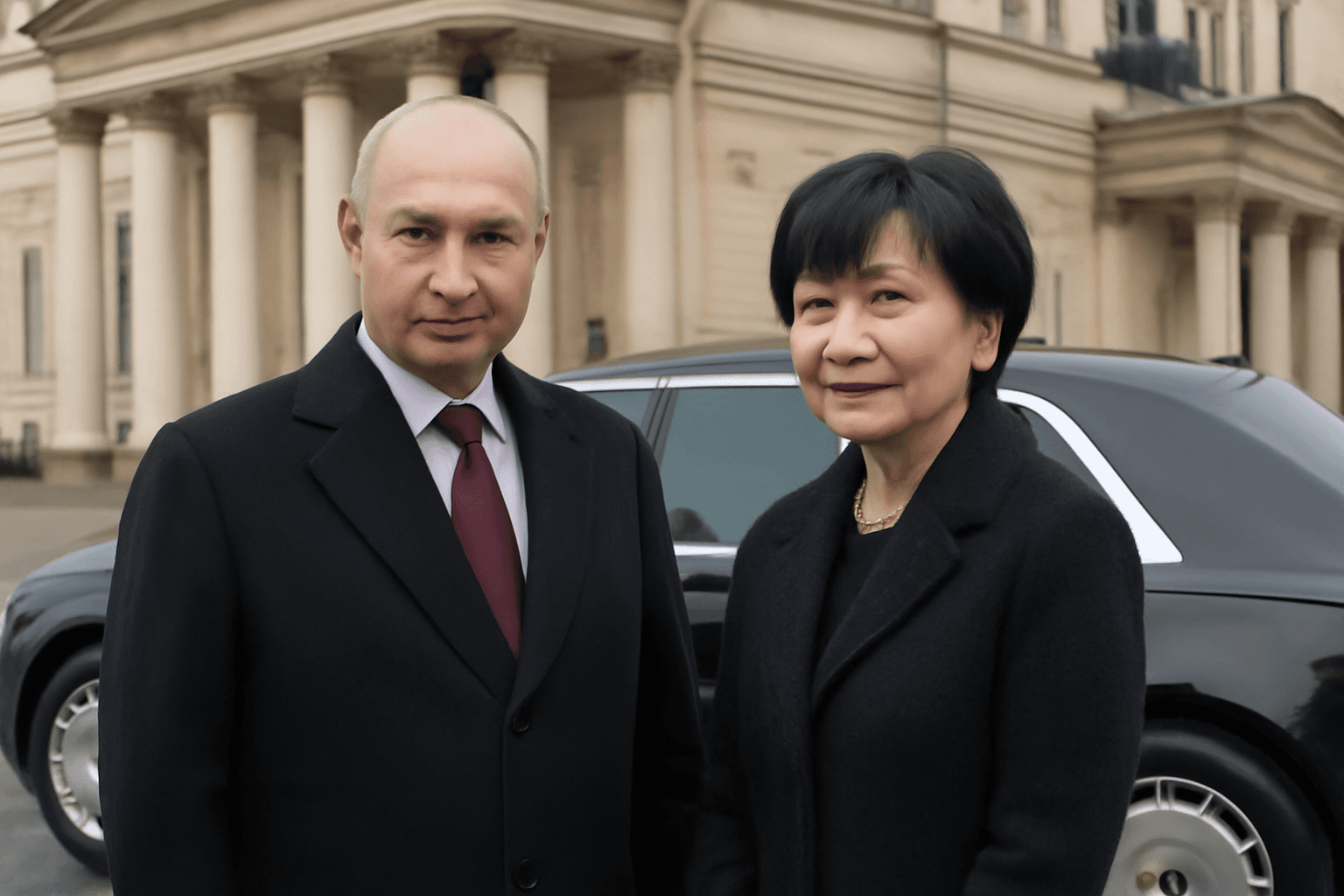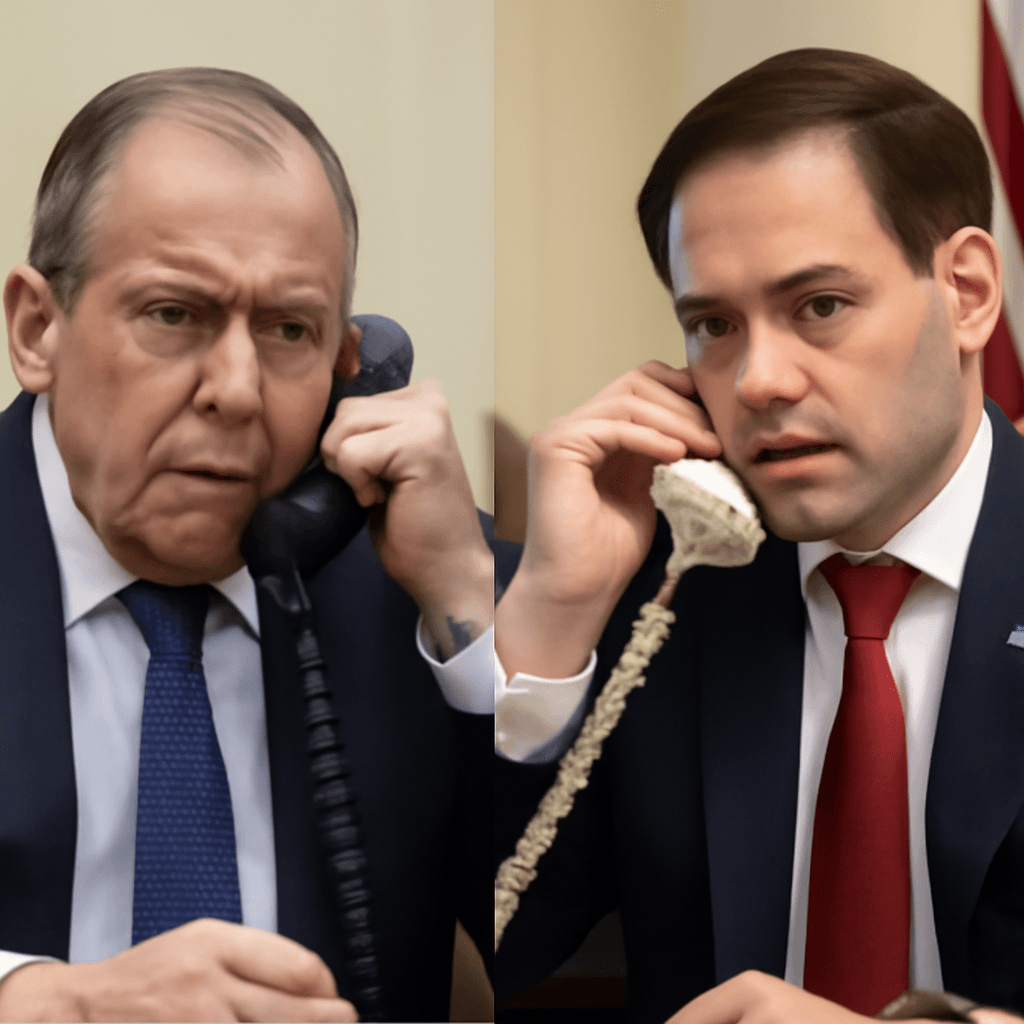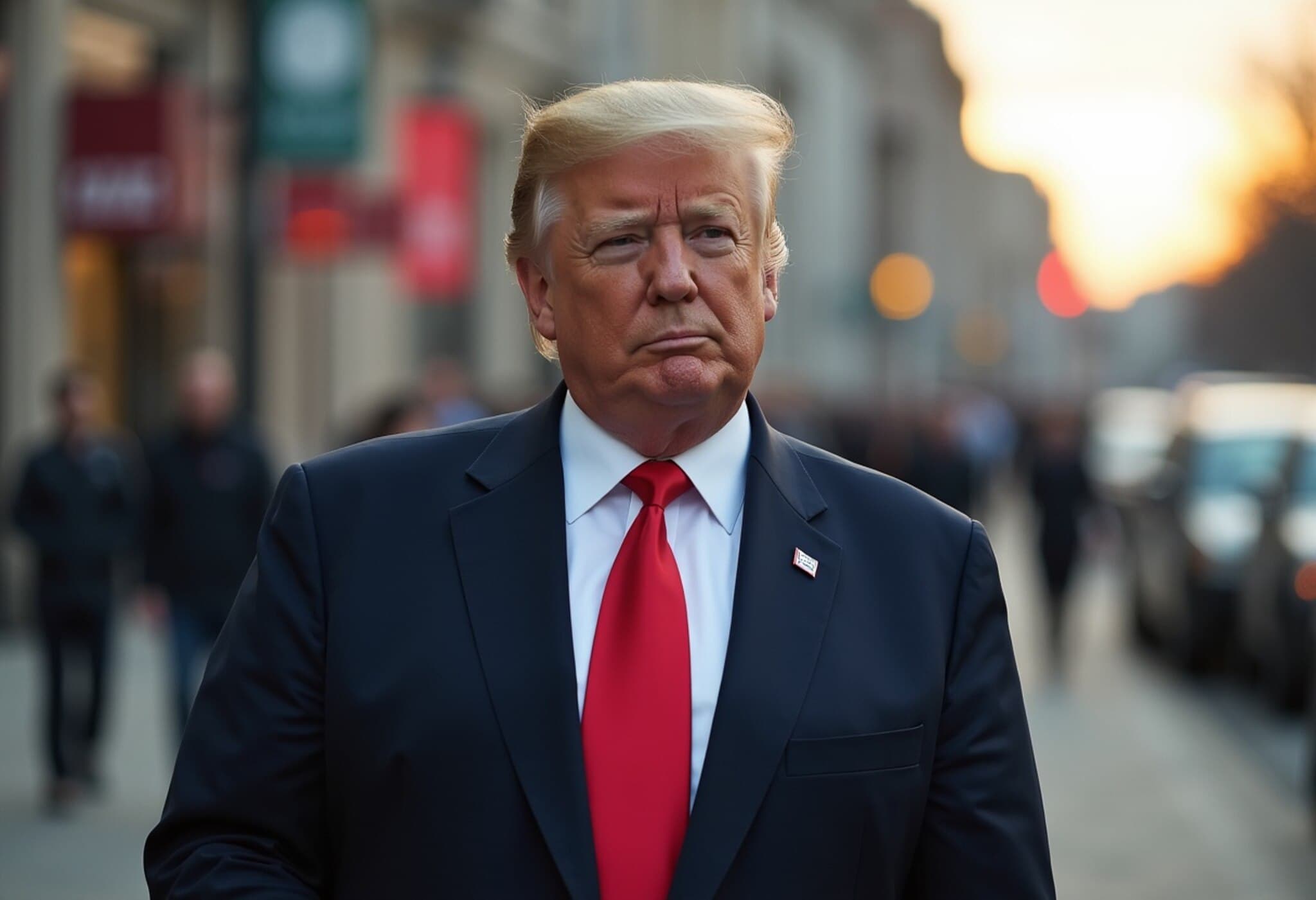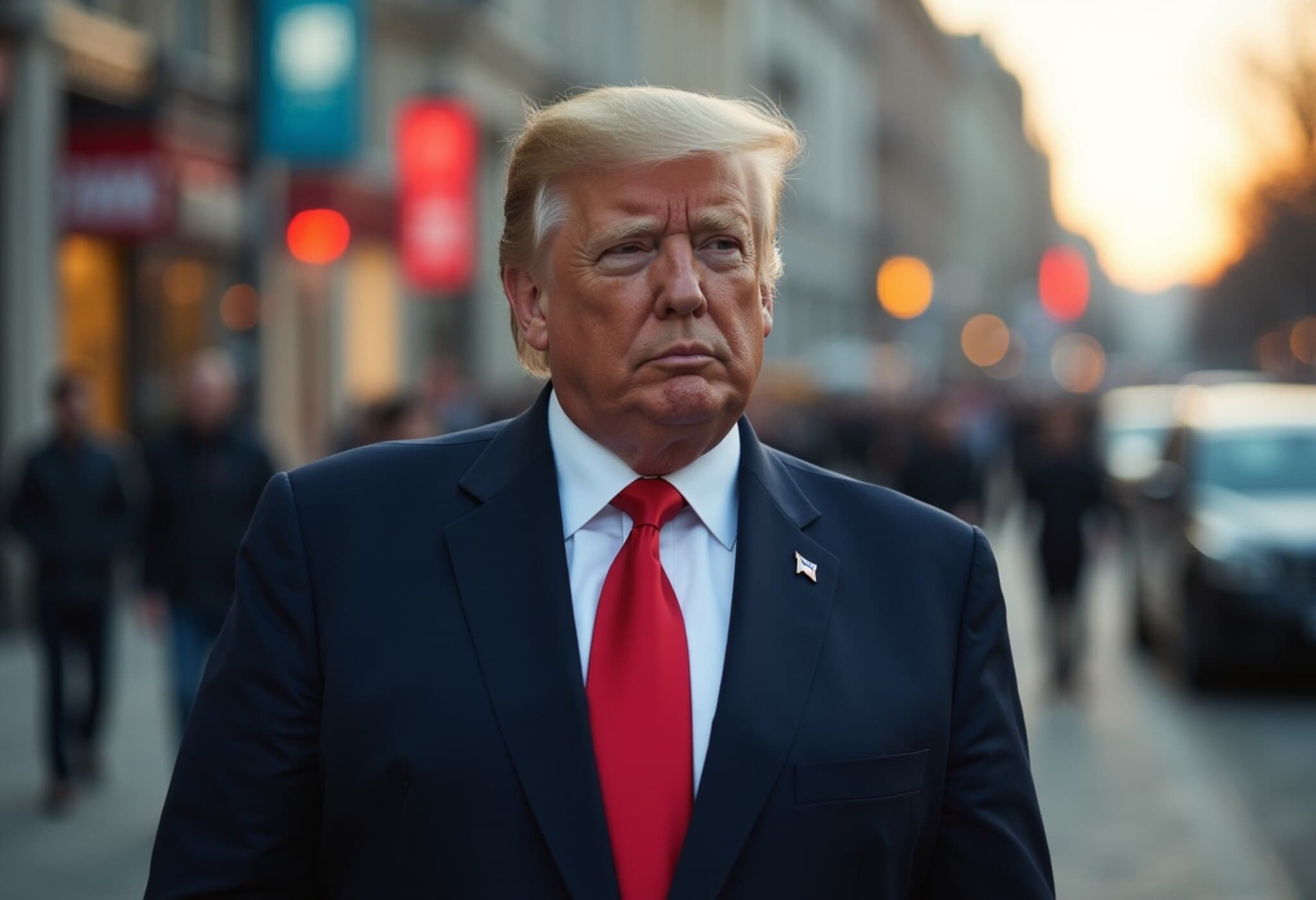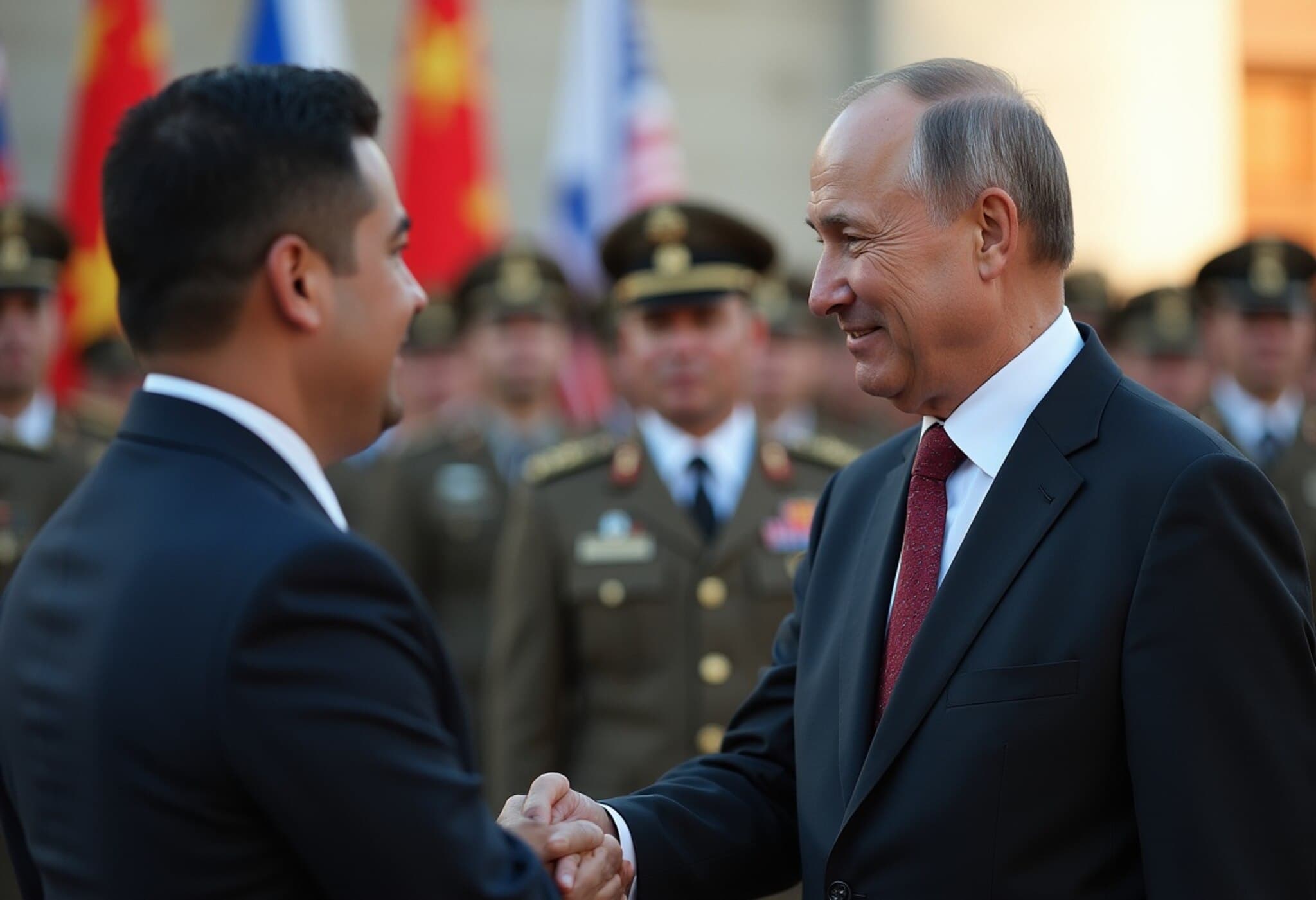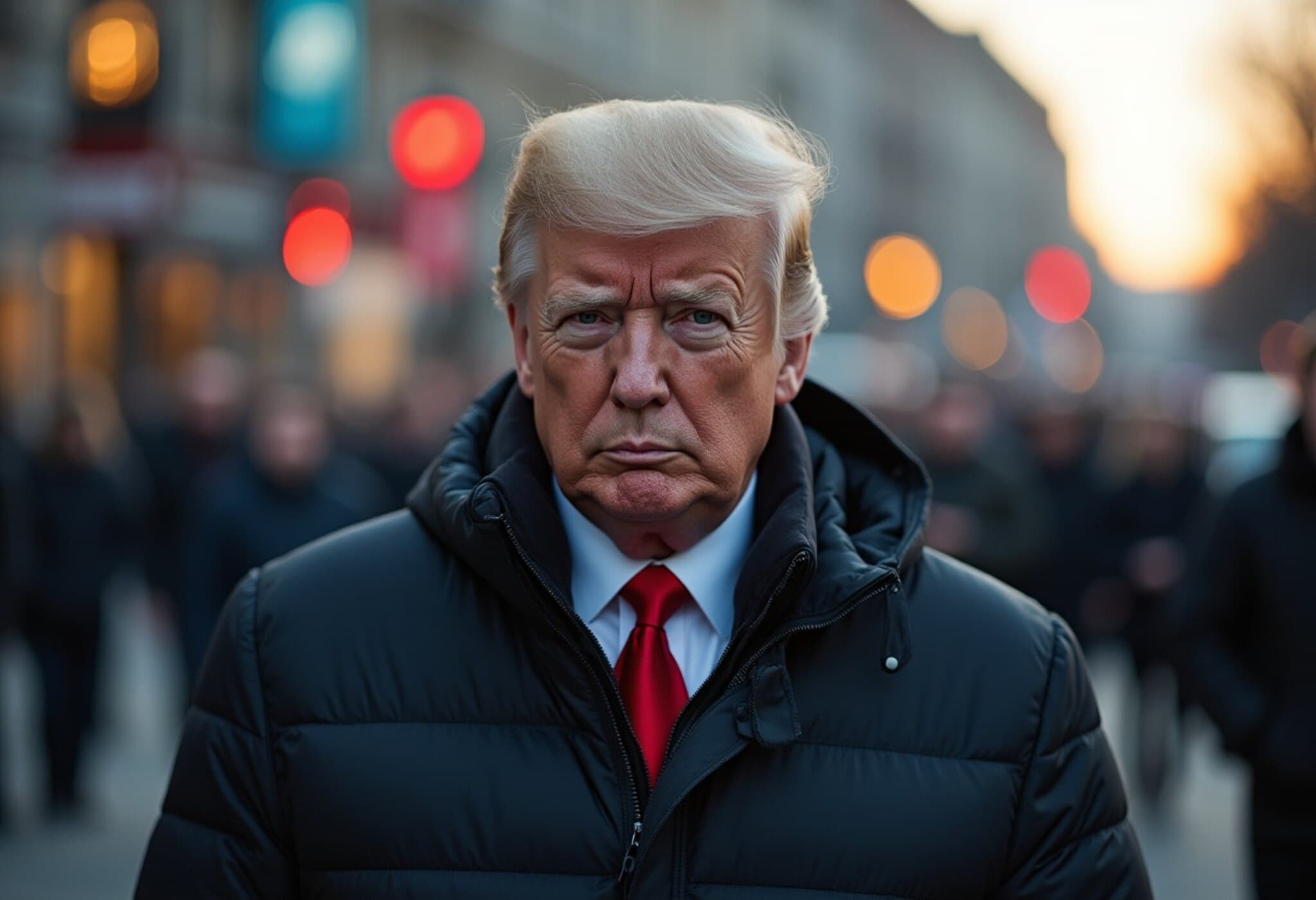Russian Foreign Minister Lavrov Sets the Stage for Putin-Trump Summit in Alaska
As world eyes turn to Anchorage, Alaska, Russian Foreign Minister Sergey Lavrov has confirmed that Moscow is entering the much-anticipated summit with the United States, led by President Vladimir Putin and former President Donald Trump, with a firm and defined diplomatic position. The looming agenda? The enduring and complex conflict in Ukraine.
A Steadfast Stance Amid Uncertainty
In a candid interview with Russian state channel Rossiya 24, Lavrov was clear yet cautious, stating, “We do not predict anything in advance. We know that we have arguments, our stance is clear and well-defined. We will present them.” His words reflect Russia’s resolve to engage in dialogue without prematurely setting expectations, a tactic often seen in geopolitical negotiations where flexibility meets conviction.
Symbolism and Setting: Arrival in Anchorage
Upon arrival, Lavrov was notably seen wearing a sweater emblazoned with the Cyrillic letters “CCCP”, harkening back to the Soviet Union. This sartorial choice may signal a nod to historic Russian pride and identity amidst ongoing tensions with the West. Outside his Anchorage hotel, he briefly addressed reporters, emphasizing continuation rather than disruption in U.S.-Russia diplomatic efforts.
Building on Recent Diplomatic Exchanges
Lavrov highlighted the constructive nature of conversations during U.S. Special Envoy Steve Witkoff’s recent visit to Moscow. Witkoff’s series of visits, five since President Trump took office, have focused intensely on the Ukraine conflict, with the latest talks lasting three hours. Moscow hopes to maintain this momentum, stressing the importance of dialogue amid the ongoing violence and political stalemate.
The Ukraine Conflict: A Central and Contentious Topic
The summit is expected to center on the Ukraine crisis — a conflict that has dramatically reshaped Eastern Europe’s geopolitical landscape since 2014. Moscow insists that any sustainable peace requires Ukraine to permanently abandon its aspirations for NATO membership, undertake thorough demilitarization and ‘denazification,’ and recognize territorial changes on the ground.
This includes acknowledgment of Crimea, Donetsk, Lugansk, Kherson, and Zaporozhye as part of Russia, areas that have held referendums in 2014 and 2022 backing incorporation into the Russian Federation. This controversial stance remains a major hurdle in negotiations, as Ukraine and much of the international community reject these referendums’ legitimacy.
Negotiation Nuances: Land Swaps and Red Lines
Donald Trump has previously floated the idea of a potential land-swap deal as a path to conflict resolution. However, Moscow has firmly dismissed any notion of returning regions to Ukraine that voted to join Russia. These irreconcilable positions underscore the complexity of the summit, where the line between pragmatism and political red lines blurs.
The Ground Reality: Ongoing Military Presence
Russian forces continue to maintain control over portions of Ukrainian territories, including parts of the Kharkov, Sumy, and Dnepropetrovsk regions. The military situation on the ground dynamically shapes diplomatic discourse, reminding global observers that peace talks exist amid continued conflict.
Regional and Global Implications
The Alaska summit is more than a bilateral meeting; it reflects the broader geopolitical chess game involving NATO’s eastern flank, U.S.-Russia relations, and the future of European security architecture. With tensions high but diplomacy alive, the world watches closely for any breakthrough or setback.
Expert Insight: The Stakes of the Summit
Dr. Helena Markov, a geopolitical analyst specializing in Eurasian affairs, notes: "The Kremlin’s rigid demands reflect a desire not only to secure territorial gains but also to legitimize a new geopolitical order in Eastern Europe. The United States must balance pressure on Russia with incentives for peace, but the entrenched mistrust runs deep. This summit’s significance lies in whether it can break the deadlock and offer a framework for dialogue that is acceptable to both sides."
Editor’s Note
As Sergey Lavrov arrives in Alaska, bearing both historical symbolism and diplomatic resolve, the world faces a critical moment in the ongoing Ukraine crisis. While Moscow presents a clear, uncompromising stance, the path to peace remains fraught with deep divisions and competing narratives. Observers should watch for how this summit navigates these tensions and what it signals for the future of U.S.-Russia relations and global stability.
Key questions remain:
- Can the summit foster mutual understanding despite opposing red lines?
- What role will underlying historical narratives play in shaping present diplomacy?
- How might U.S. policy shifts affect Russia’s strategic calculations?
The answers will have profound implications not just for Ukraine and Russia, but for international peace and security on the global stage.

